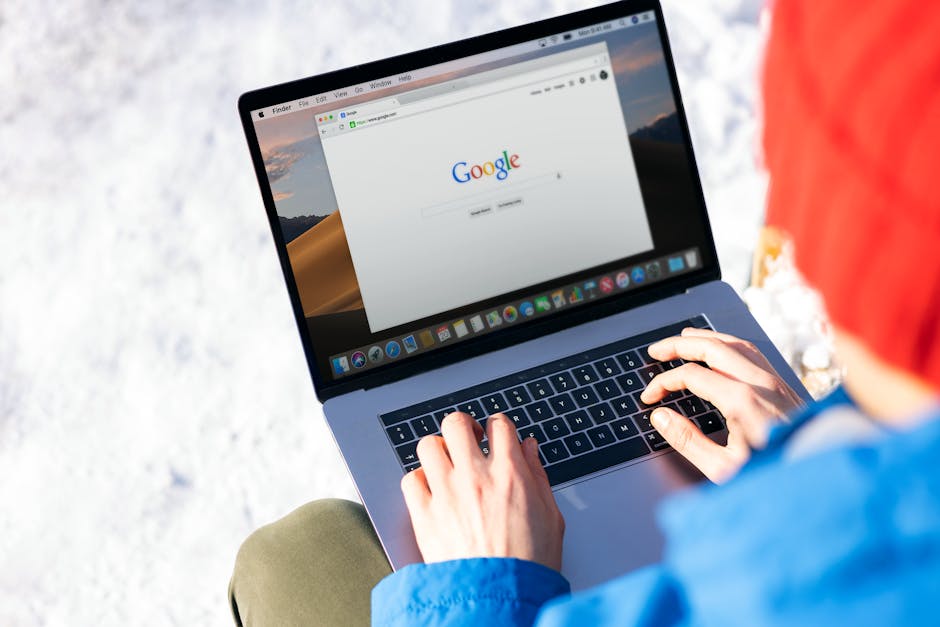How to Optimize Your Website's Images for SEO
Optimizing your website's images for SEO can significantly enhance your site's performance, improve user experience, and boost your rankings on search engines. High-quality images not only make your website visually appealing but also play a crucial role in engaging users. However, if not properly optimized, these images can slow down your website and negatively impact its SEO. This guide will help you understand the key techniques to ensure your images contribute positively to your website's overall SEO strategy.
1. Choosing the Right Image Format
The format of your images can greatly influence their loading speed and quality. Common image formats include JPEG, PNG, and GIF, each with its own advantages:
- JPEG: Ideal for photographs and complex images due to its good balance between quality and file size.
- PNG: Best for images that require transparency or have sharp edges, like logos and icons.
- GIF: Suitable for simple animations and low-resolution graphics.
Selecting the appropriate format based on the type of image can help maintain quality while reducing file size.
2. Compressing Images
Large image files can slow down your website, affecting load times and user experience. Compressing images reduces their file size without compromising quality significantly. Tools like TinyPNG (TinyPNG) and JPEG-Optimizer (JPEG-Optimizer) can be used to compress images before uploading them to your website.
There are two main types of compression:
- Lossy Compression: Reduces file size by removing some data, which may slightly affect image quality.
- Lossless Compression: Reduces file size without any loss of image quality.
3. Using Descriptive File Names
The names you give to your image files can impact SEO. Descriptive file names help search engines understand what the image is about. Instead of using generic names like "IMG_1234.jpg," use specific names such as "red-apple-on-white-background.jpg." This practice also improves the accessibility of your content for visually impaired users using screen readers.
4. Implementing Alt Text Effectively
Alt text (alternative text) is a vital aspect of image optimization that serves multiple purposes:
- Improves accessibility for users with visual impairments by providing text descriptions of images.
- Helps search engines understand the content of an image, contributing to better indexing and ranking.
- Displays in place of an image if it fails to load, ensuring that users still get an idea of what the image represents.

When writing alt text, keep it concise yet descriptive. For example, instead of "apple," use "red apple on a white background." Avoid keyword stuffing and ensure that the alt text naturally describes the image.
5. Utilizing Responsive Images
With the growing variety of devices used to access websites, ensuring that your images are responsive is crucial. Responsive images adjust their size based on the device's screen size, maintaining performance and user experience across different devices.
You can use HTML5's <picture> element or CSS media queries to make images responsive:
<picture>
<source srcset="image-large.jpg" media="(min-width: 800px)">
<source srcset="image-medium.jpg" media="(min-width: 500px)">
<img src="image-small.jpg" alt="Description">
</picture>6. Leveraging Image Sitemaps
An often overlooked aspect of SEO is the use of image sitemaps. An image sitemap helps search engines discover all the images on your website more effectively, improving their chances of appearing in search results. Google's documentation on image sitemaps provides detailed guidelines on how to create and submit them (Google Developers).
| Technique | Description | Benefit |
|---|---|---|
| Choosing the Right Format | Selecting appropriate image formats like JPEG, PNG, or GIF based on the content type. | Balances quality and file size for faster loading times. |
| Compressing Images | Using tools to reduce file size without significant loss in quality. | Improves website load speed and performance. |
| Descriptive File Names | Naming files with descriptive keywords related to the image content. | Aids in better indexing by search engines. |
| Effective Alt Text | Writing concise yet descriptive alt texts for all images. | Enhances accessibility and SEO rankings. |
| Responsive Images | Makes images adjust their size according to device screens using HTML5 or CSS techniques. | Keeps user experience consistent across devices. |
| Image Sitemaps | Create and submit sitemaps specifically for images using Google’s guidelines. | Makes it easier for search engines to find and index all website images. |
The optimization of images for SEO involves several techniques that collectively improve website performance and search engine ranking. By carefully selecting formats, compressing files, using descriptive names and alt texts, ensuring responsiveness, and leveraging sitemaps, you can make your site more accessible and attractive both to users and search engines alike. These efforts contribute significantly to a seamless user experience while bolstering overall SEO strategy.